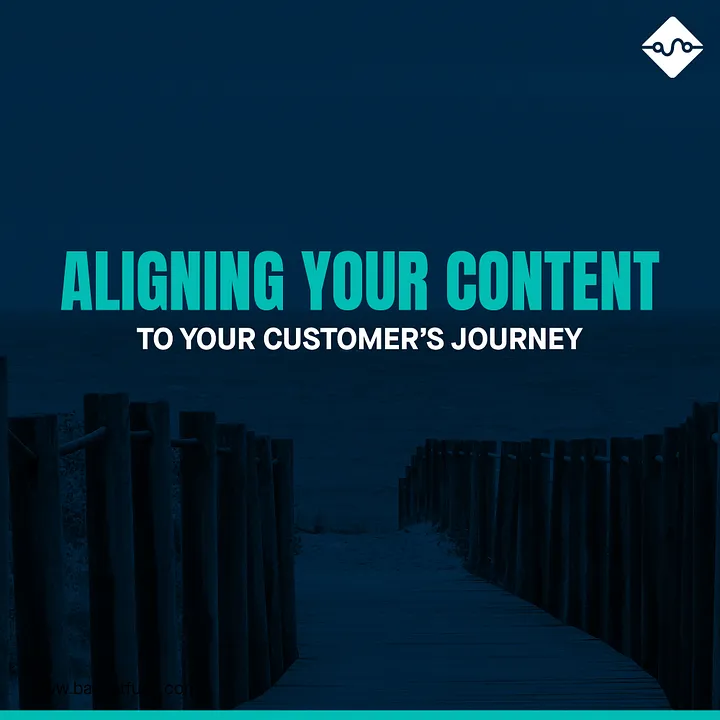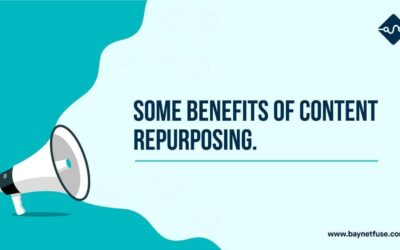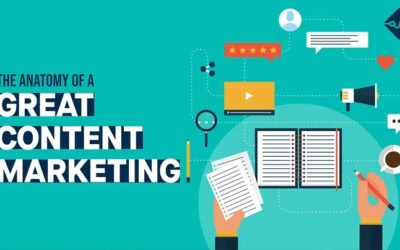When developing a marketing content, understanding the needs of your buyer is very essential for developing a very eye-catching content for their brand in every stage of the conversion process.
To align your content to your buyer’s journey, it is expected to understand the term buyer’s journey and the stages involved in this journey.
What is Buyer’s Journey?
The buyer’s journey is the process by which every potential customer decides on a product or service. In general, every potential customer follows three main stages in the buying process before becoming a customer: awareness, consideration, and decision.
Awareness Stage: At this stage, the buyer’s journey begins when the potential customer becomes aware that they have a problem that needs to be solved. They can either come to this awareness on their own or encounter a piece of content that informs them of a particular problem. During the awareness stage, the buyer do a lot of research on how their needs or problems can be solved.
Consideration Stage: A buyer at this stage identifies the specific search terms or descriptors that will yield results that describe their problem. Using this knowledge, they then conduct further research, exploring the various solutions available to fix their problem or meet their needs. Next, they will begin to create a list of all possible companies or products that offer a good solution.
Decision Stage: Buyers in the decision stage of the buyer’s journey narrow their list of vendors to a few best options and choose one to work with. At this stage, they look at the cost, proximity, and the quality of product as yardstick for decision.
Ways To Align Your Content To Your Buyer’s Journey
The process of creating excellent content around the buyer’s journey helps you to provide meaningful, accurate, and engaging information that meets the needs of your buyers at every stage of the journey.
During the development of your content strategy, it is important to first identify the big-picture questions that buyers ask during the awareness phase, then go deeper and incorporate more specific details into the content.
Here’s a closer look at what content works best for each stage and why:
Awareness-Stage Content
A buyer at this point isn’t ready to hear about specific solutions. Pushing your product at this stage is likely to make a buyer run away. Instead, this is the time to focus on the buyer’s pain points. Give them a genuine solution that answers their questions and educates them on their issue.
Blogs, e-books, white papers, tip sheets, guides, infographics, and slide shares are all good awareness stage content. Think of your content at this stage as a gift for the reader, with the only call-to-action being an offer for even more helpful information.
Consideration-Stage Content
The buyer, at this point, knows what their problem is, and they are starting to consider options that might solve it. However, they’re still not ready for an ask.
Content for this stage could suggest ways of resolving the problem with a specific solution. This content might include more technical blog posts, comparison white papers or e-books, webinars, and product feature videos.
It is important to remember that the buyer is not yet ready to book a demonstration or consultation. Create content that gently leads them to learn more about specific solutions you offer.
Decision-Stage Content
Finally, the lead is ready to buy. The next step is to determine which vendor will be the lucky one. At this point, content that highlights the issue is of no use. In addition to your solution’s details, the leader wants to know who uses it and what they think about it.
This article is brought to you by Baynet Fuse Limited — An Online Media and Digital Advertising Company.






0 Comments